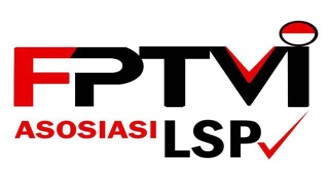Evaluation of cctv placement in industrial areas using the simple additive weighting method
Abstract
Keywords
Full Text:
PDFReferences
A. Beck and A. Willis, “Context-specific measures of CCTV effectiveness in the retail sector,” Crime Prev. Stud., vol. 10, no. January 1999, pp. 252–269, 1993.
E. Manal Qabazard and E. Athoub ALZuwaid, “CCTV Monitoring Applications,” Int. J. Eng. Res. Appl. www.ijera.com, vol. 11, no. 3, pp. 22–28, 2021, doi: 10.9790/9622-1103012228.
Q. P. Denise Cuevas, J. P. Carlo Corachea, E. B. Escabel, and M. A. Lou Bautista, “Effectiveness of CCTV Cameras Installation In Crime Prevention,” Coll. Criminol. Res. J., vol. 7, pp. 40–43, 2016.
E. O. Gyamfi et al., “Using 3D Tools to Design CCTV Monitoring System for Ghanaian University: A Case of C.K. Tedam University of Technology and Applied Sciences (CKT-UTAS),” Asian J. Res. Comput. Sci., vol. 14, no. September, pp. 130–146, 2022, doi: 10.9734/ajrcos/2022/v14i4298.
W. Saw, U. Smart, G. Widodo, P. B. Santoso, and F. Kurniawan, “Analisa Penempatan Kamera CCTV Menggunakan Metode Simple Additive,” J. Ilmu Komput. dan Teknol. Inf., 2016.
DOI: http://dx.doi.org/10.12962%2Fj27213560.v4i1.22465
Refbacks
- There are currently no refbacks.
Jurnal Nasional Amori licensed under a Creative Commons Attribution-NonCommercial-ShareAlike 4.0 International License.
Based on a work at https://iptek.its.ac.id/index.php/amori






